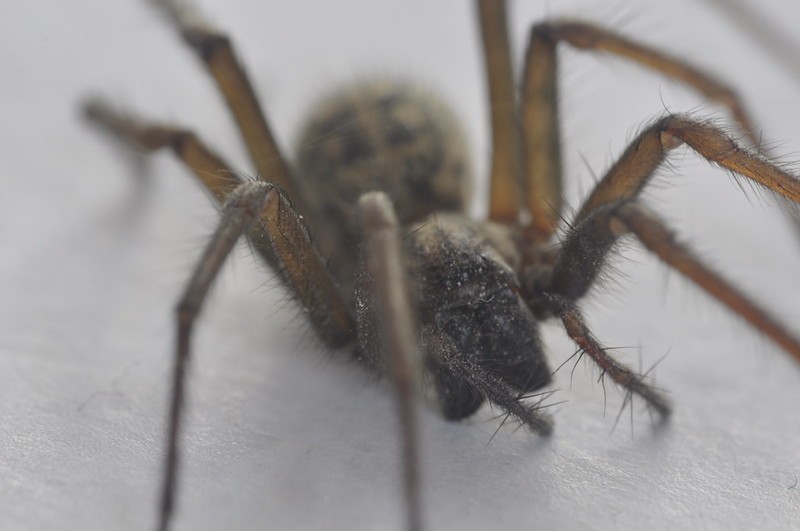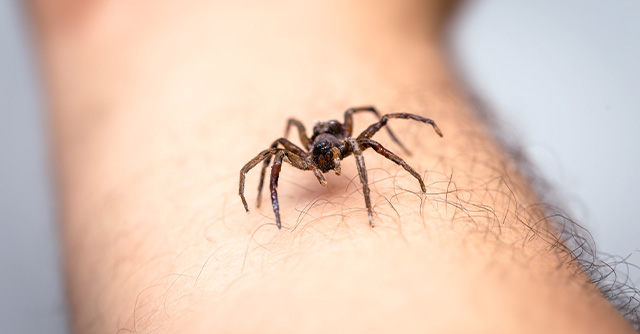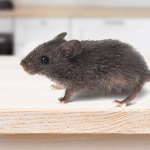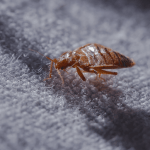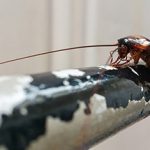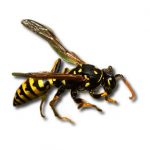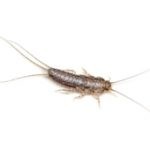Wasp Spider
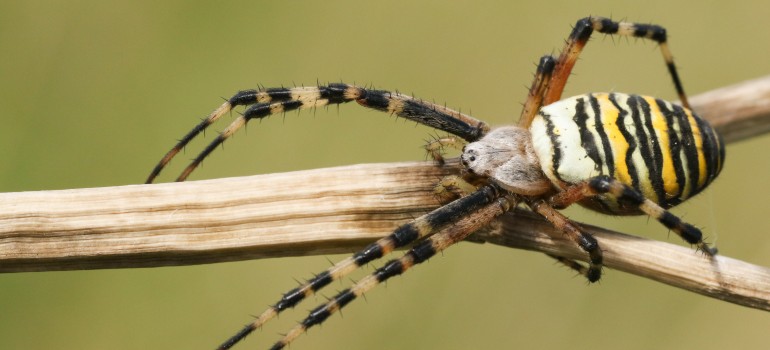
Spiders don’t need much encouragement to take up residence in our gardens! They’re quite happy in leaf litter, stacks of rubble, or piles of logs. A healthy spider population helps to reduce insect pests and maintain a natural balance, so we should welcome them into our green spaces.
A recent arrival in the UK from the continent is a large and colourful variety known as the wasp spider. Although it may look scary it isn’t dangerous and is actually related to the common garden spider.
The spread of these wasp spiders may be linked to climate change, especially with milder winters that let young spiders survive into springtime. If you have a sighting in your garden the British Arachnological Society (BAS) will be keen to learn about it from you.
Want to find out more about this exotic and distinctive looking species? Get your questions answered here…
What is a Wasp Spider?
The wasp spider is a species of orb-web spider from the genus known as Argiope bruennichi. It has striking yellow and black markings on its abdomen, hence the name. It typically inhabits Mediterranean countries but has recently been colonised in the UK.
Dawn or dusk is the time for spiral orb-web building by this black and yellow spider taking around an hour to construct. When wasp spiders are young the web is a circular zigzagging design, and as the spider ages, it makes a zig-zag shape with a decoration at the centre which acts as an insect attraction reflecting UV light.
What Does a Wasp Spider Look Like?
The female wasp spider is around 17mm with the male measuring less than 5mm. The abdomen of the female wasp spider has yellow, black, and white stripes, with this wasp-like appearance deterring predators as it looks so defensive.
The legs of the wasp spider are off white with dark rings, and the third pair of legs are much shorter than the others. The combination of the head and thorax are covered with silver hair.
The male wasp spider is much smaller. The reason for this extreme difference in size is evolutionary as males often get eaten by the females after mating, and use the protein from the male partner to grow their eggs.
The male wasp spider also has two yellow stripes running along the underside of his abdomen but is predominantly brown.
Want to get rid of the spiders in your property?
Rely on high-quality spider removal service with proven results!
Can a Wasp Spider Hurt You?
Wasp spiders might look intimidating with their markings, but they’re not dangerous to humans like other UK spiders. Their striking appearance is purely for defence, helping to scare off predators by mimicking the colours of a wasp. In reality, wasp spiders are shy creatures that prefer to avoid contact with anything larger than their usual insect prey.
Is a wasp spider poisonous?
Although wasp spiders are extremely colourful and resemble a wasp they are completely harmless and cannot sting. They use venom to immobilise and kill their prey, but it’s not a deadly spider to humans.
Wasp spider bite
The wasp spider is capable of biting. There aren’t any serious risks from a wasp spider bite. Most spiders aren’t aggressive and will only bite in self-defence – this is true of the wasp spider too – they prefer to avoid large prey.
Check also: Spider bites
What Do Wasp Spiders Eat?
Wasp spiders eat small invertebrates and particularly enjoy crickets and grasshoppers. They also feast on flies, bees, beetles, and moths. Taller vegetation is needed to support webs that are woven at exactly the right height for these victims.
When prey is caught in the spiral orb web the wasp spider will quickly immobilise it by wrapping it in a band of thick silk (stabilimentum) before biting it to inject a paralysing venom with an enzyme to destroy proteins.
How Rare Are Wasp Spiders in the UK?
Even though they’re not very uncommon in the UK, wasp spiders are more likely to be found in the south of the country. They were seen locally for the first time in the 1920s and their numbers have been growing ever since. The warmer weather has probably helped them to do this. These beautiful spiders like grassy, sunny places like fields, heathlands, and coastal grasslands. In northern England, Scotland, and Wales, they’re still not as common, but their numbers are rising, so you can see them more often there!
Wasp Spider Facts
Did you know these wasp spider facts:
- The female wasp spider makes one of the largest egg sacs of any spiders in the UK – about 25mm across – and this will be visible in vegetation near the web supported by a tangle of silk threads.
- The wasp spider web may be a way of dumping excess silk but its exact purpose is still yet to be explained.
- Their webs are built close to the ground – Unlike some spiders that spin their webs high up, wasp spiders prefer to build theirs close to the ground to catch grasshoppers and other small insects.
- They play dead to avoid danger – If they feel threatened, wasp spiders sometimes curl up and drop to the ground, pretending to be dead until the danger passes.
Takeaways
- Key features of a wasp spider are the horizontal black and yellow abdomen patterns and the zigzag silk stabilimentum on the orb web.
- The wasp spider is about the same size as your garden spider and feeds typically on grasshoppers, but adapts to eating smaller insects in more confined spaces.
- Females tend to sit in the centre of their large orb web, whilst the males will wait at the edge until the female moults into a mature form. Then the male will dive in to mate and be eaten alive.
- Although wasp spiders are solitary and non-aggressive they may bite if they feel threatened, causing mild pain and swelling, but this could be intensified for people with allergies.
- The British Arachnological Society (BAS) is eager to hear about all sightings, particularly in October, which will help them understand the response of these spiders to our weather.
Need a professional help to deal with the spiders infestation?
Keep in mind that we only aim to provide some useful information about wasp spiders in general. We cannot guarantee that the arachnids you’re dealing with corresponds to the same description and are exactly the same.



